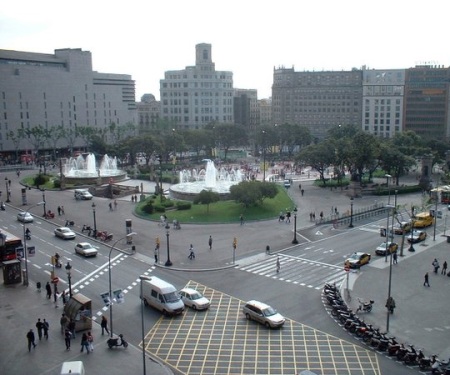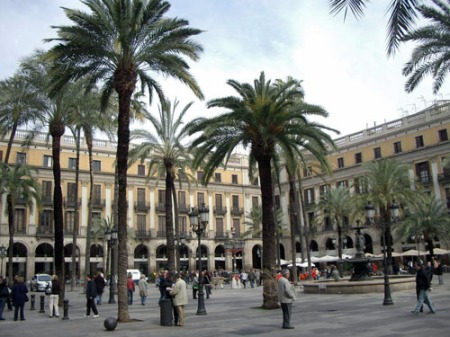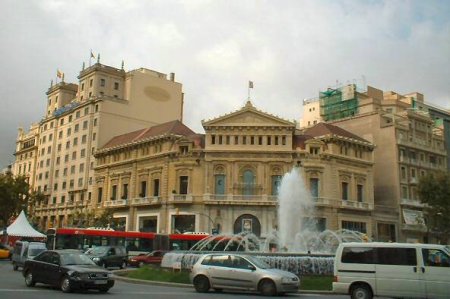Cool and vibrant Barcelona, Spain’s second city, has such a wealth of
attractions that it’s small wonder it has become Europe’s most popular
short break destination, and a common stop for Mediterranean
cruise-liners.
Barcelona is also the heart and business/commercial sector of the
popular holiday coastal region known as the Costa Brava, the
northernmost Mediterranean seafront in Spain, as well as the Costa
Dorada to the south.
This coast area is lined with popular resort towns, many retaining
their traditional charm. The capital of Catalonia is unequivocally a
Mediterranean city, not only because of its geographic location but also
and above all because of its history, tradition and cultural
influences.
The documented history of the city dates back to the founding of a Roman
colony on its soil in the second century B.C. Modern Barcelona
experienced spectacular growth and economic revival at the onset of
industrialization during the second half of the 19th century. T
Barcelona has a Mediterranean climate, with sub-mediterranean
influence. Thus, it is not the “classical Mediterranean climate” with
mild, humid winters and warm, dry summers.
Barcelona is located on the eastern coast of the Iberian Peninsula,
so Atlantic west winds often arrive in Barcelona with low humidity,
producing no rain. The proximity of the Atlantic, its latitude, and the
relief, are the reasons why the summers are not as dry as in most other
Mediterranean Basin locations.
Locality:
In a privileged position on the northeastern coast of the Iberian
peninsula and the shores of the Mediterranean, Barcelona is the second
largest city in Spain in both size and population. It is also the
capital of Catalonia, 1 of the 17 Autonomous Communities that make up
Spain.
Barcelona has seven beaches, totalling 4.5 km (2.8 mi) of coastline.
Sant Sebastià and Barceloneta beaches, both 1,100 m (3,610 ft) in
length, are the largest, oldest and the most frequented beaches in
Barcelona.
The Olympic port separates them from the other city beaches: Nova
Icària, Bogatell, Mar Bella, Nova Mar Bella and Llevant. These beaches
(ranging from 400 to 640 m/1,300 to 2,100 ft) were opened as a result of
the city restructuring to host the 1992 Summer Olympics, when a great
number of industrial buildings were demolished.
Barcelona contains 68 municipal parks, divided into 12 historic parks, 5
thematic (botanical) parks, 45 urban parks and 6 forest parks.They
range from vest-pocket parks to large recreation areas. The urban parks
alone cover 10% of the city (549.7 ha/1,358.3 acres).The total park
surface grows about 10 ha (25 acres) per year, with a proportion of 18.1
square metres (195 sq ft) of park area per inhabitant. The old city is a
twisting maze of narrow streets and ancient mansions, overlooked by the
soaring spires of the flamboyant Gothic cathedral. Beyond it sprawls
the elegant grid of the 19th-century new city, thickly clustered with
the greatest concentration of Modernist monuments in the world.
Đăng ký:
Đăng Nhận xét (Atom)







0 comments:
Đăng nhận xét